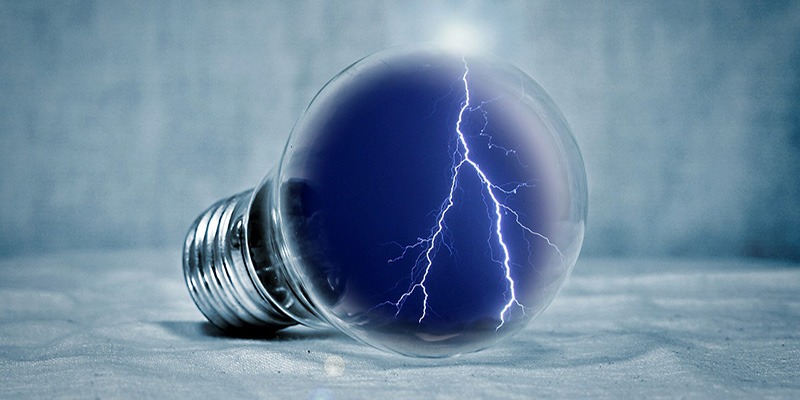
Wireless charging in 2019 is just a bit disappointing. Sure, it’s technically wireless, but having surfaces charging your phone really gives you less freedom than an old-fashioned cable. Pass.
What if every electronic device you own, though, could be charged using something like a Wi-Fi or radio signal? What if electric cars could be powered by the roads they drive on? Heck, why not shoot solar power collected by satellites down to base stations on Earth?
Actually, some of those already exist, and while current technology runs at pretty low wattages (less than your smartphone charger), the meteoric rise of low-powered IoT devices gives us a great reason to start shooting electricity through the air.
Far-field electricity transmission: the basics
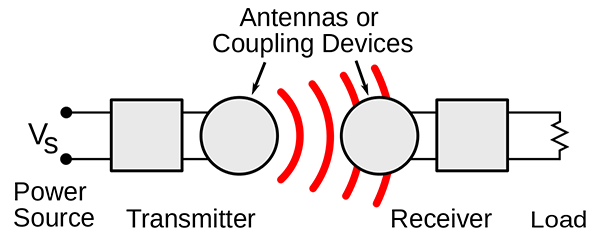
Though there are a few different ways to transmit energy, microwaves are where a lot of the smart money currently resides. We’re already pretty good at using them to transmit data (radios, Internet, phone data, etc.). These applications also require a little energy, so in principle we really just need to jack up the power of a signal and figure out a good way to make the transfer safe and efficient.
Several solutions already on the market work using the 900MHz and 2.4GHz frequencies. That second one should sound familiar – it’s used for Wi-Fi and is probably bouncing around you somewhere right now.

It’s not just microwaves, though. Infrared light and an electromagnetic field technique called resonant inductive coupling have also met with success, and it’s probable that we’ll end up using several different standards for different use cases.
Most of these solutions are currently limited to fairly low wattages (1-3W on average) and ranges (3 to 15 feet on average and up to 80 feet) by the FCC, making them less than ideal for powering larger devices. This includes your average smartphone, which usually gets around 5W from your wired charger, but these standards and the policies governing them are in constant development, so it’s not unrealistic to assume that we’ll be using networking signals for more than just information in the future.
In the meantime, given the explosion of low-power IoT devices over the last few years, most of which currently rely on battery power, there’s no shortage of ways that low-level wireless power can help.
Where is the tech right now?
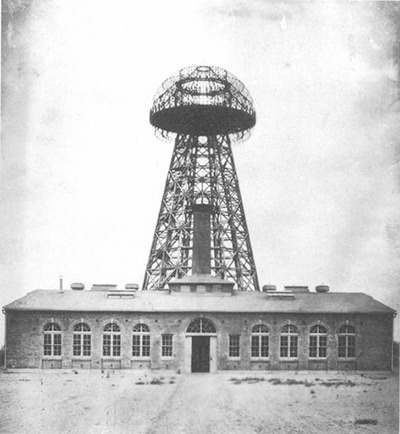
Nikola Tesla famously experimented with wireless electricity, even sketching up plans for an ambitious (though probably not completely functional) World Wireless System that would send power and data long distances. We’ve come a pretty long way since the 1890s, beaming power to drones in flight, shooting it over multiple kilometers, and charging our toothbrushes without wires. The race to put an electricity transmitter in your house is on, though, and the space is filling up with competitors.

Ossia is probably one of the best-known contenders, using the 2.4GHz band to send out a little data and a few watts of power (longer distances generally mean lower power, due to FCC rules). Essentially, it works by having a device with an Ossia chip send out a signal that it needs charging, which is then triangulated by the Ossia transmitter.
The transmitter calculates the receiver’s position, then either fires the energy directly to the receiver or bounces it off some walls first. It does all of this a few hundred times per second, so it doesn’t matter if your device is moving or not. It also lets you monitor devices and set charging rules, enabling all kinds of neat power management possibilities.
The other trendy company is Energous, which works on the 900MHz band using technology quite similar to Ossia’s. The big difference is that it uses Bluetooth for the receiver-transmitter communication. Less on the radar is Powercast, which has actually been developing this sort of technology, mostly for industrial applications, since 2003.

Another company, Wi-Charge, bucks the trend a little since they use infrared light (technically lasers) to power devices, and they say they’ve worked out the safety kinks with that. There’s also uBeam, which sends power via ultrasound waves (yep, sound!), though the practicality of this has been questioned.
And last but not least comes Disney Research. Yes, that Disney. They apparently do scientific research, and even though their repeated failure to produce a workable flying carpet reflects pretty badly on them, they have managed to create an entire room full of electromagnetic fields that can send electricity to things.
Don’t worry — the fields themselves don’t carry electricity, so you won’t be fried unless you happen to resonate at the same frequency as the room’s field (highly unlikely).
Safety
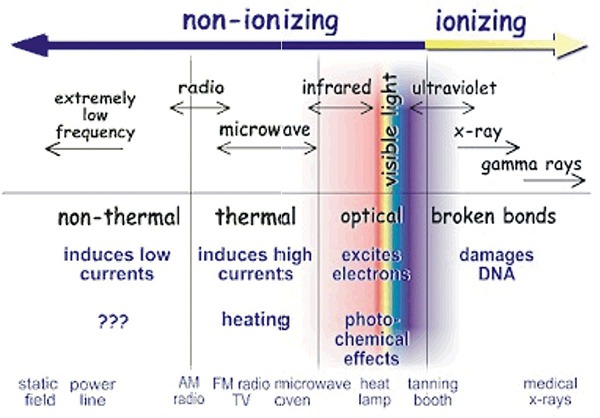
If you’re concerned at all about 5G, you might not feel great about the prospect of shooting power through the air. Every company building these transmitters claims that their tech is safe, but there’s just not a huge amount of evidence on either side. It’s probably fine, but the FCC’s slow movement towards certifying these devices for higher power at long distance is understandable.
Truly Wireless IoT
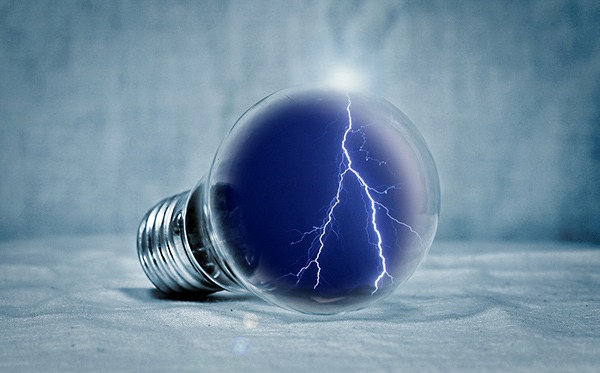
Given that the Internet of Things is basically a huge collection of devices that use electricity and aren’t always in reach of a wall socket, the advantages of wirelessly beaming power into those hard-to-reach spots are pretty obvious. It not only allows for easier power distribution and easier setup (no wires, no batteries!), but opens up options for intelligent power management.
Many current solutions offer an interface that lets you see which devices are drawing power and their charge status, as well as other information about them, meaning that we don’t need to waste power on devices that don’t need it. Instead, we can just turn the power beam towards a device whenever it needs juice, saving energy.
Wireless far-field power might not be charging your phone as soon as you like (despite Disney’s best efforts), but it’s already part of Industry 4.0 already, and it’s only going to proliferate, assuming safety concerns don’t materialize and FCC regulations can be adapted.
Image credits: Wireless power system, Ossia Lamp Room Scene, Wi-Charge System











